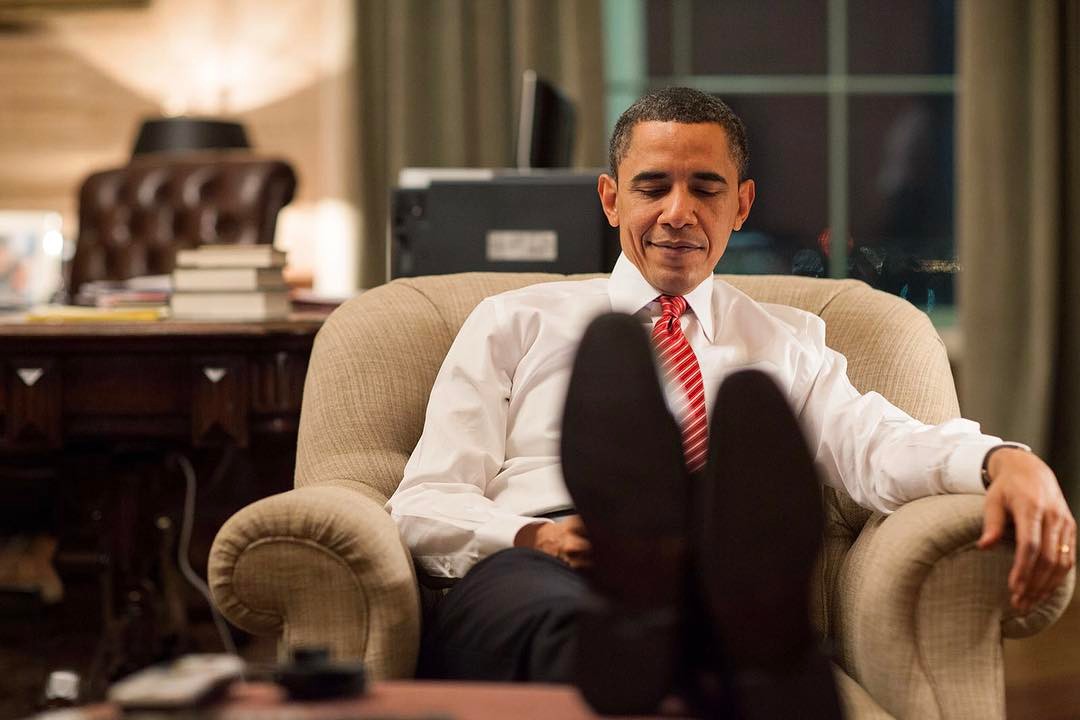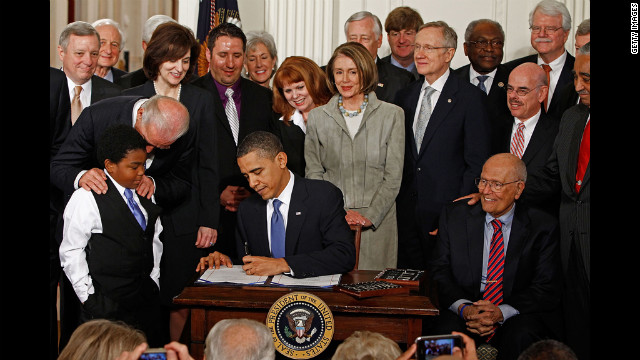
This is what we had:

12:09 a.m. March 22, 2010. Treaty Room in the private residence. 80 minutes after Congress had passed the Affordable Care Act. The President was reading text messages on his Blackberry while waiting to make thank you calls. Someone had sent a message that ended with “your mother would be so proud.” (His mother had died from ovarian cancer. She had spent her last days worrying whether insurance was going to cover some of the medical expenses because they might consider her cancer a pre-existing condition.)

March 23, 2010 – The president sat down at a table and affixed his left-handed, curlicue signature, almost letter by letter, to the measure using 22 pens, most of which he intended to pass out as mementos to lawmakers, aides and a handful of others, including Victoria Reggie Kennedy, the widow of Senator Edward M. Kennedy, who had made passing the legislation his life’s work.
Mrs. Kennedy arrived wearing a blue bracelet that said “Tedstrong” on her wrist; Mr. Obama wore one, too. The senator’s son Representative Patrick J. Kennedy of Rhode Island, was also on hand, carrying a gift for the president: a copy of a bill his father introduced in 1970 to provide national health insurance. On it, the younger Mr. Kennedy had written a personal message to Mr. Obama.
Mr. Obama was joined as well by a select group of ordinary Americans, among them 11-year-old Marcelas Owens of Seattle, who became an advocate for health reform after his mother died without insurance, and Connie Anderson, whose sister is Natoma Canfield, the Ohio cancer patient whose struggles to pay rising health premiums became a case in point for Mr. Obama.
This is what we have now:
What a visual. A group of mostly rich old white men celebrating 24 million people losing their health insurance. pic.twitter.com/LMFxkZDeBf
— Keith Boykin (@keithboykin) May 4, 2017
Song of the Day
